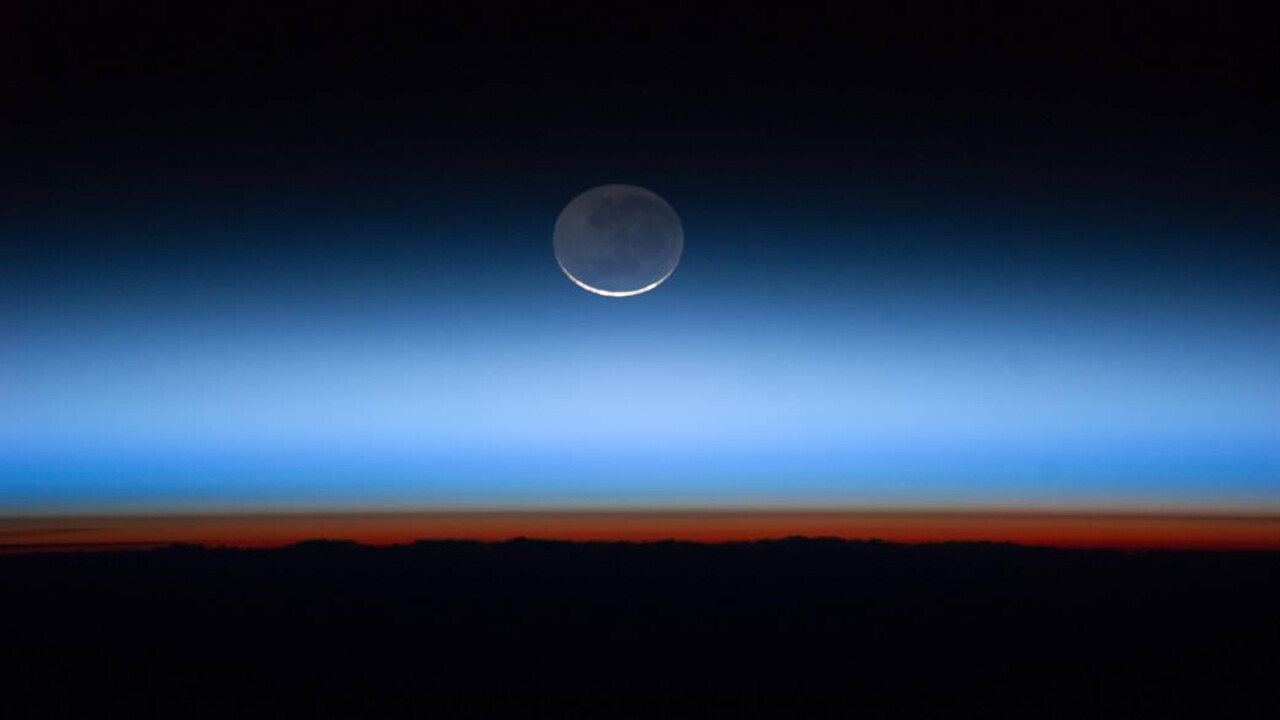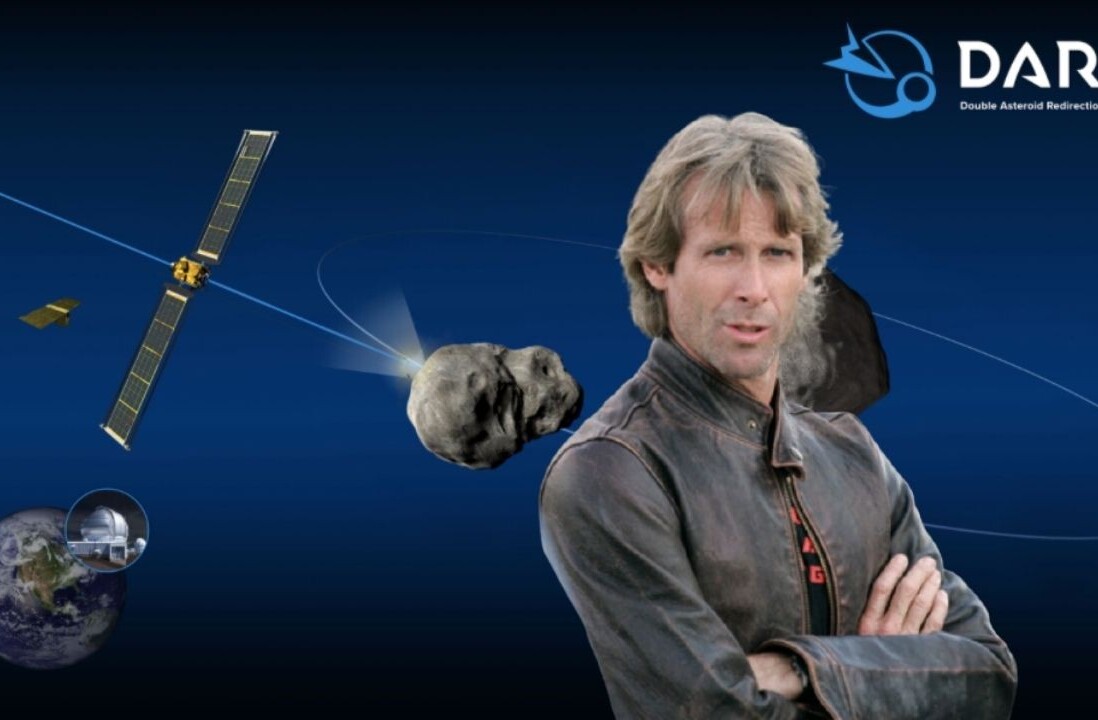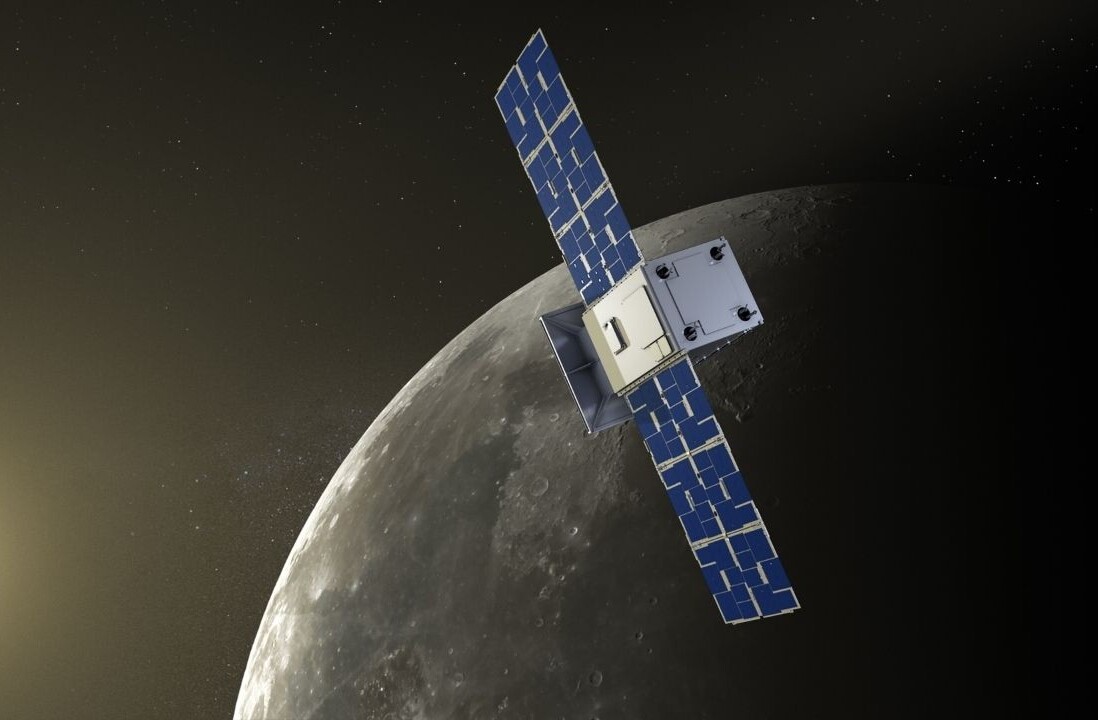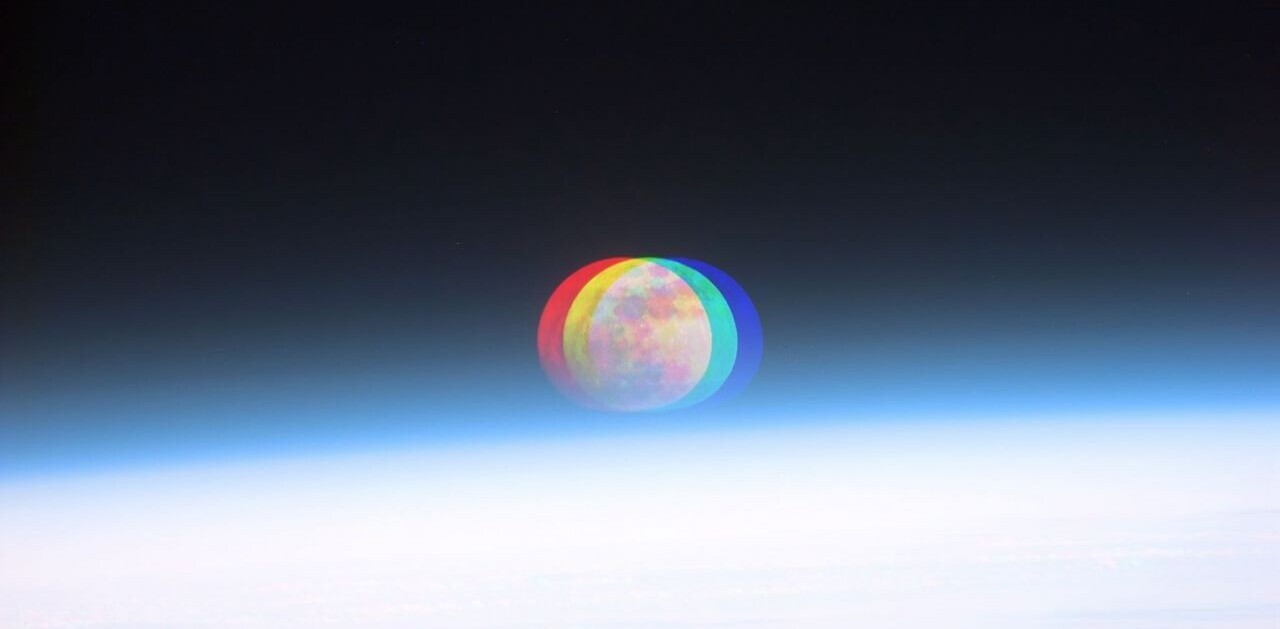Our planetary companion is putting on quite a show for amateur astronomers all around the globe during the month of June! These events all happen slowly, and will be visible to people around the globe, providing us with a global show.
Over the course of June, the Moon will huddle up close to Venus, Mars, Jupiter, and Saturn! Plus, we will also witness the final supermoon of the year, and this sweet sight is also a strawberry Moon!
June 11: The Moon Meets Venus

Aphrodite meets Artemis as the Moon huddles up close to Venus on June 11. Skygazers around the globe will have a chance to see the two brightest objects in the night sky in one magnificent view.
Check out a potentially stunning sight at sunset on June 11, as a sliver Moon (just a day after a solar eclipse) and Venus will huddle together in the red skies near the setting Sun.
“On Friday evening, June 11, 2021, the thin, waxing crescent Moon will appear to the lower right of the bright planet Venus on the west-northwestern horizon, setting about 12 minutes after evening twilight ends. Venus will likely be easier to spot in the glow of dusk than the thin crescent of the Moon,” NASA describes.
June 13: The Moon and Mars

Just two days after the Moon meets with Venus, our planetary companion will (appear to) meet up with our other neighbor in the Solar System, Mars.
Skygazers should head outside soon after skies get dark, and look, once more, toward the west-northwest. There, the Red Planet will be found just about three degrees below the crescent Moon.
Mars is currently a planet of robots, with landers, rovers, and orbiters from several nations exploring the ruddy surface and the Martian atmosphere.
June 25: A Supermoon and Strawberry Moon All in One!

The night of the 24th and 25th offers the final supermoon of the year. And, it is also a strawberry Moon!
Starting around nine pm, Luna will light up the night sky. This is also a supermoon, a time when a full Moon occurs at the same time our planetary companion is closest to the Earth.
“All shadows of clouds the sun cannot hide like the moon cannot stop oceanic tide; but a hidden star can still be smiling at night’s black spell on darkness, beguiling” ― Munia Khan
This full Moon is sometimes called the Strawberry Moon.
“June’s full Moon is named after the wild strawberries that start to ripen during this month. According to some sources, a European name for this early summer month was Rose Moon, and another was Hot Moon, for the beginning of the summer heat. Other sources quote Mead Moon as the Anglo-Saxon name because this was the time for mowing the meads, or meadows,” Vigdis Hocken writes for TimeAndDate.com.
June 27–29 The Moon Huddles with Jupiter and Saturn

Night owls will get a treat after midnight, as the Moon (now fading away from the full Moon experienced a few days before) is seen in the east-southern sky, starting around midnight.
Seen above and to the right of the waning gibbous Moon, the king of the Solar System, Jupiter, will be an easy find. Continue onward in the same direction (for about the same distance), to see the bright amber glow of Saturn.
As the night wears on, the trio will seem to move toward the west as the Earth turns beneath our feet.
Enjoy the Moon in June as our planetary companion visits four planets in our solar system, and gives the Earth a sweet treat with a strawberry Moon!
This article was originally published on The Cosmic Companion by James Maynard, founder and publisher of The Cosmic Companion. He is a New England native turned desert rat in Tucson, where he lives with his lovely wife, Nicole, and Max the Cat. You can read this original piece here.
Get the TNW newsletter
Get the most important tech news in your inbox each week.






